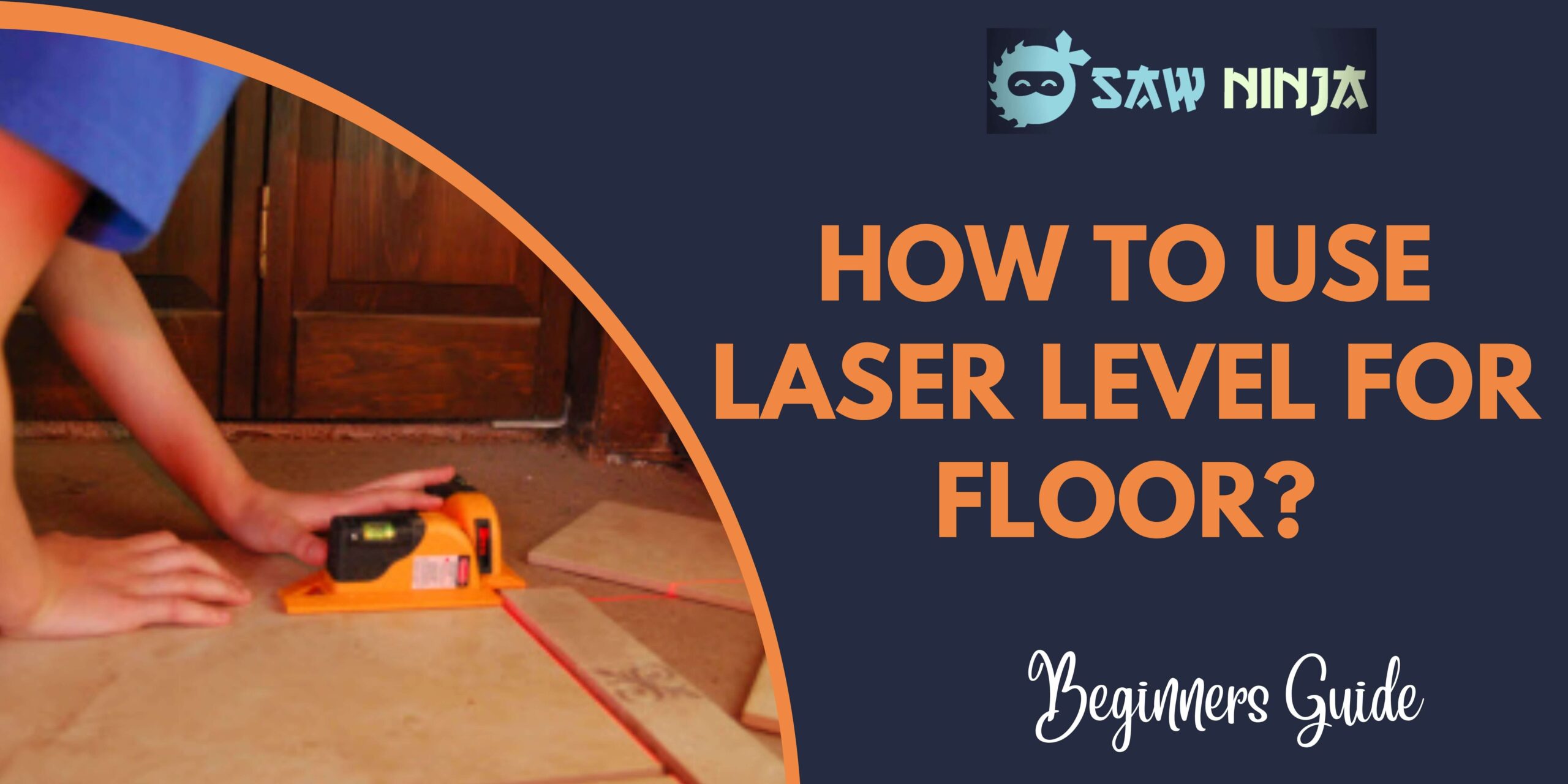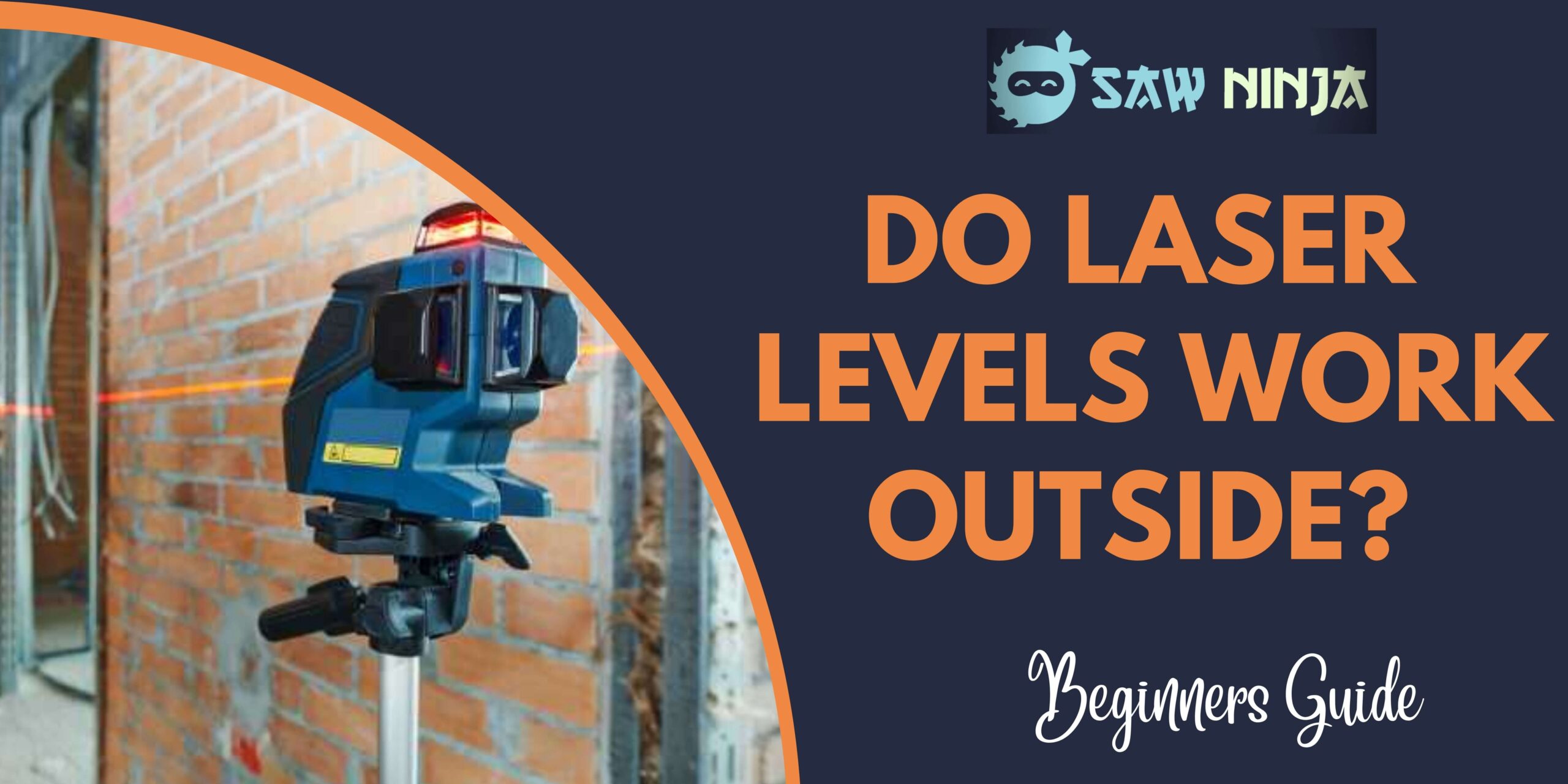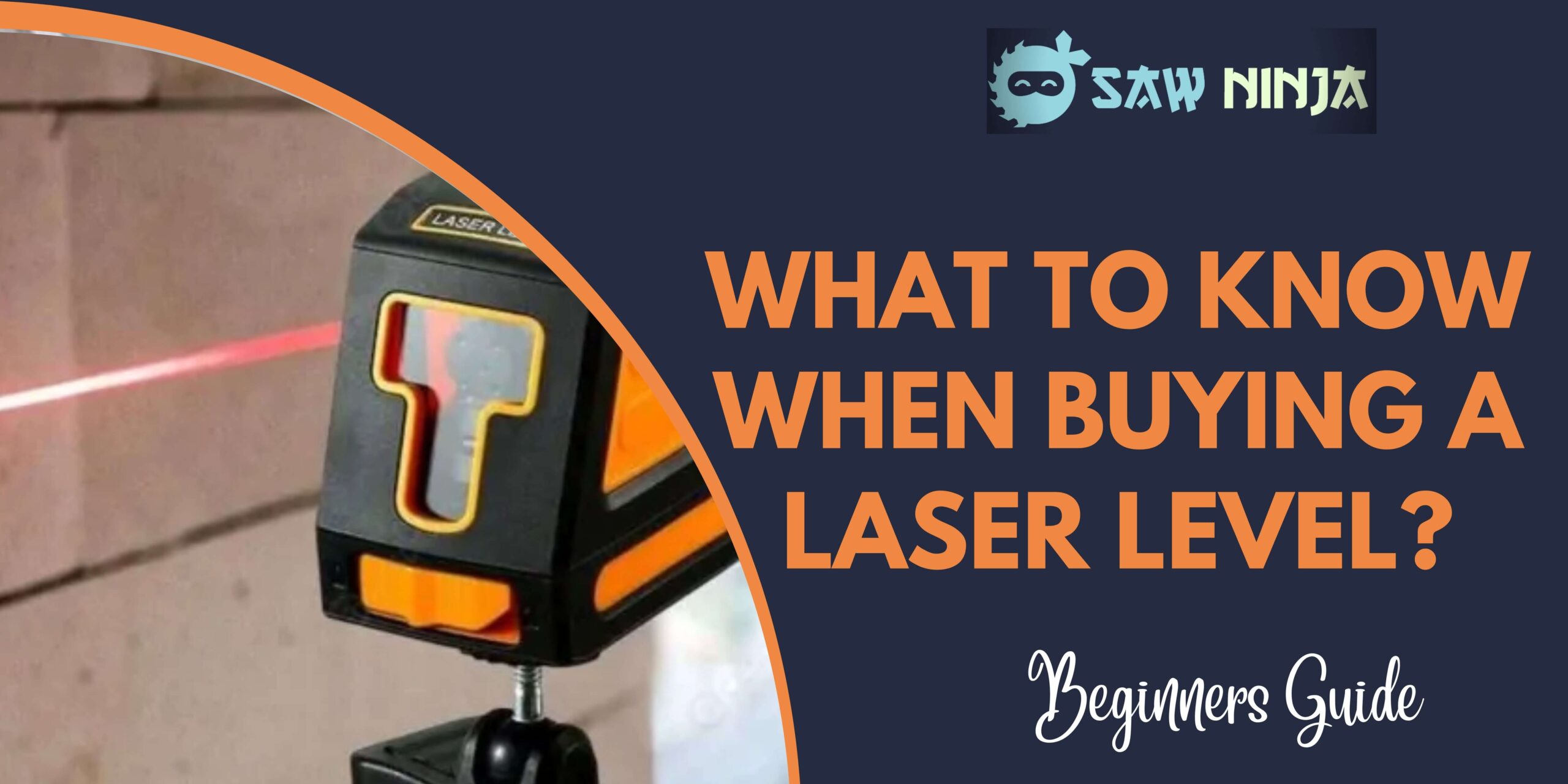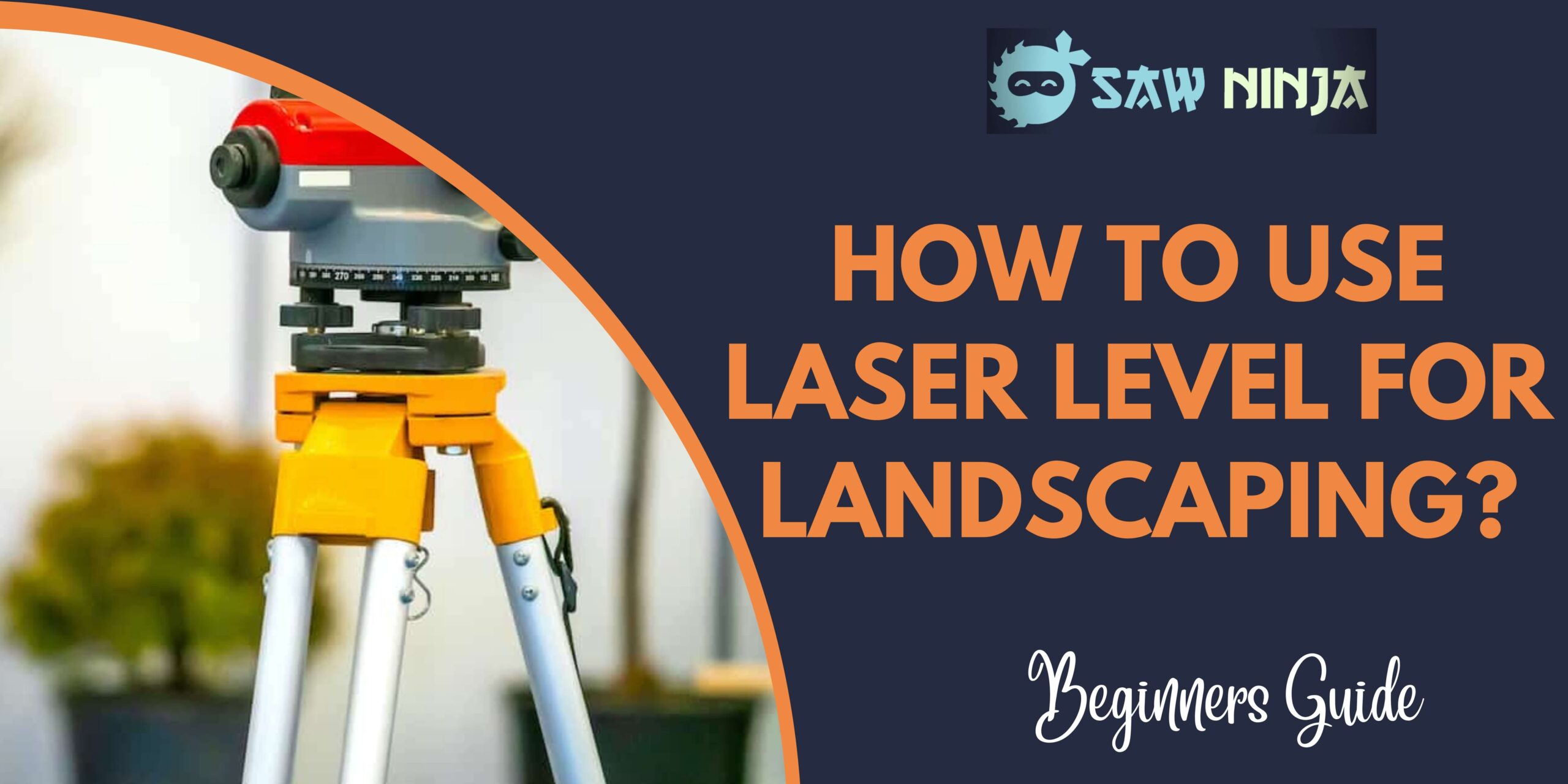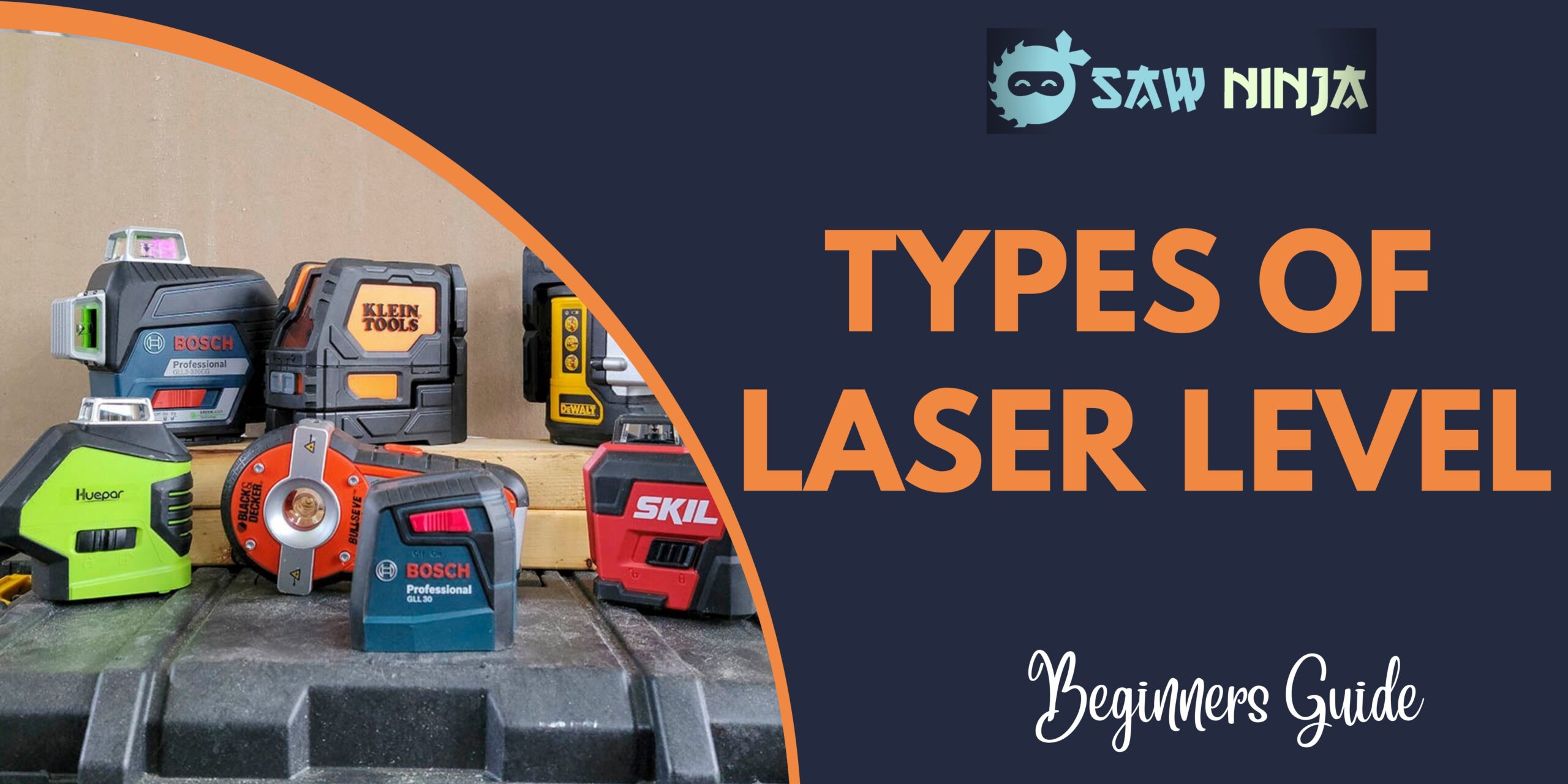If you’re like me, you probably use your chainsaw quite a bit during the summer months. And, if you’re like me, you also don’t want to run out of gas in the middle of a job.
So, it’s important to know how to mix chainsaw gas properly. In this blog post, I’ll show you how to do just that. Stay safe and productive this summer!
>>>>> How To Start A Makita Chainsaw?
Let’s get started!
How to Mix Chainsaw Gas?
Just like with any other type of gas, you need to
be careful when mixin
g chainsaw gas. Here are a few things to keep in mind:
– Always use a clean, empty gas can. Any dirt or debris in the can could clog up your chainsaw’s carburetor.
– Be sure to use the correct ratio of gas to oil. For most chainsaws, this is 50:1 Which means for every 1 gallon of gas, you’ll add 2.6 ounces of oil.
– Add the oil to the gas can first, then add the gas. This will help ensure that the oil is properly mixed in with the gas.
– Use fresh, high-quality gasoline. This will help your chainsaw run more smoothly and increase its longevity.
– Never store your mixed gas for more than 30 days. After that, it will start to break down and can damage your chainsaw.
Now that you know how to mix chainsaw gas, you’re ready to get out there and get the job done! Be sure to follow all safety precautions when using your chainsaw, and always have a full tank of gas on hand. Stay safe and productive this summer!
Step-by-step guide:
Pouring oil into a gas can
The first step is to pour the oil into the gas can. Be sure to use the correct ratio of oil to gas. For most chainsaws, this is 50:1. which means for every 1 gallon of gas, you’ll add 2.6 ounces of oil.
Adding gas to the mixture
Once the oil is in the can, you can add the gas. Be sure to use fresh, high-quality gasoline. This will help your chainsaw run more smoothly and increase its longevity.
Storing your mixed gas
Once you’ve mixed the gas and oil, it’s important to store them properly. Never store your mixed gas for more than 30 days. After that, it will start to break down and can damage your chainsaw.
Now that you know how to mix chainsaw gas, you’re ready to get out there and get the job done!
Precautions
Here are some safety precautions to keep in mind when using your chainsaw:
-Wear appropriate clothing. Long pants, thick gloves, and closed-toed shoes will help protect you from the moving parts of the chainsaw.
-Be aware of your surroundings. Make sure there are no people or animals nearby that could be injured by the chainsaw.
-Follow the manufacturer’s instructions. Every chainsaw is different, so be sure to read the manual before using it.
Be sure to follow all safety precautions when using your chainsaw, and always have a full tank of gas on hand. Stay safe and productive this summer!
>>> How To Clean Chainsaw Air Filter?
Premixed fuel and its benefits
The benefit of premixed fuel is that it takes the guesswork out of mixing gas and oil. You can simply pour it into your chainsaw’s gas tank and go.
However, premixed fuel can be more expensive than mixing your gas and oil. And, it doesn’t always have the same high-quality gasoline that you would use if you mixed it yourself.
So, it’s up to you whether you want to use premixed fuel or mix your own. If you do choose to mix your own, be sure to follow the steps in this blog post so you can do it safely and correctly.
FAQs
Can I Ever Skip Mixing Chainsaw Gas?
If you’re using premixed fuel, you can skip the step of mixing gas and oil yourself. However, if you’re using regular gasoline, you must mix it with oil before adding it to your chainsaw. Failing to do so can damage your chainsaw and void the warranty.
How Often Should I Mix Chainsaw Gas?
You should mix chainsaw gas every time you need to refuel your chainsaw. If you’re using premixed fuel, you can simply pour it into the gas tank. However, if you’re using regular gasoline, be sure to mix it with oil first.
Can I Use Any Type of Oil to Mix with Gas?
No, you should only use high-quality 2-cycle engine oil. Be sure to check the owner’s manual for your chainsaw to find out what type of oil is recommended.
What Happens if I Don’t Mix the Gas and Oil Correctly?
If you don’t mix the gas and oil correctly, it can damage your chainsaw. Always be sure to follow the correct ratio, and don’t store mixed gas for more than 30 days.
What is the Best Way to Store Mixed Gas?
The best way to store mixed gas is in a clean, airtight container. Glass or metal containers are ideal. Never store mixed gas in your chainsaw’s gas tank.
Now that you know how to mix chainsaw gas, you’re ready to get out there and get the job done! Be sure to follow all safety precautions, and always have a full tank of gas on hand. Stay safe and productive this summer!
Conclusion
Chainsaw gas can be a little intimidating to mix, but with a few simple tips, you’ll be ready to go in no time. We’ve answered some of the most commonly asked questions about chainsaw gas below so that you can feel confident in your ability to mix it correctly.
Remember to always read and follow the manufacturer’s instructions for your specific chainsaw before starting any project. Have you mixed chainsaw gas before? What tips would you add?





